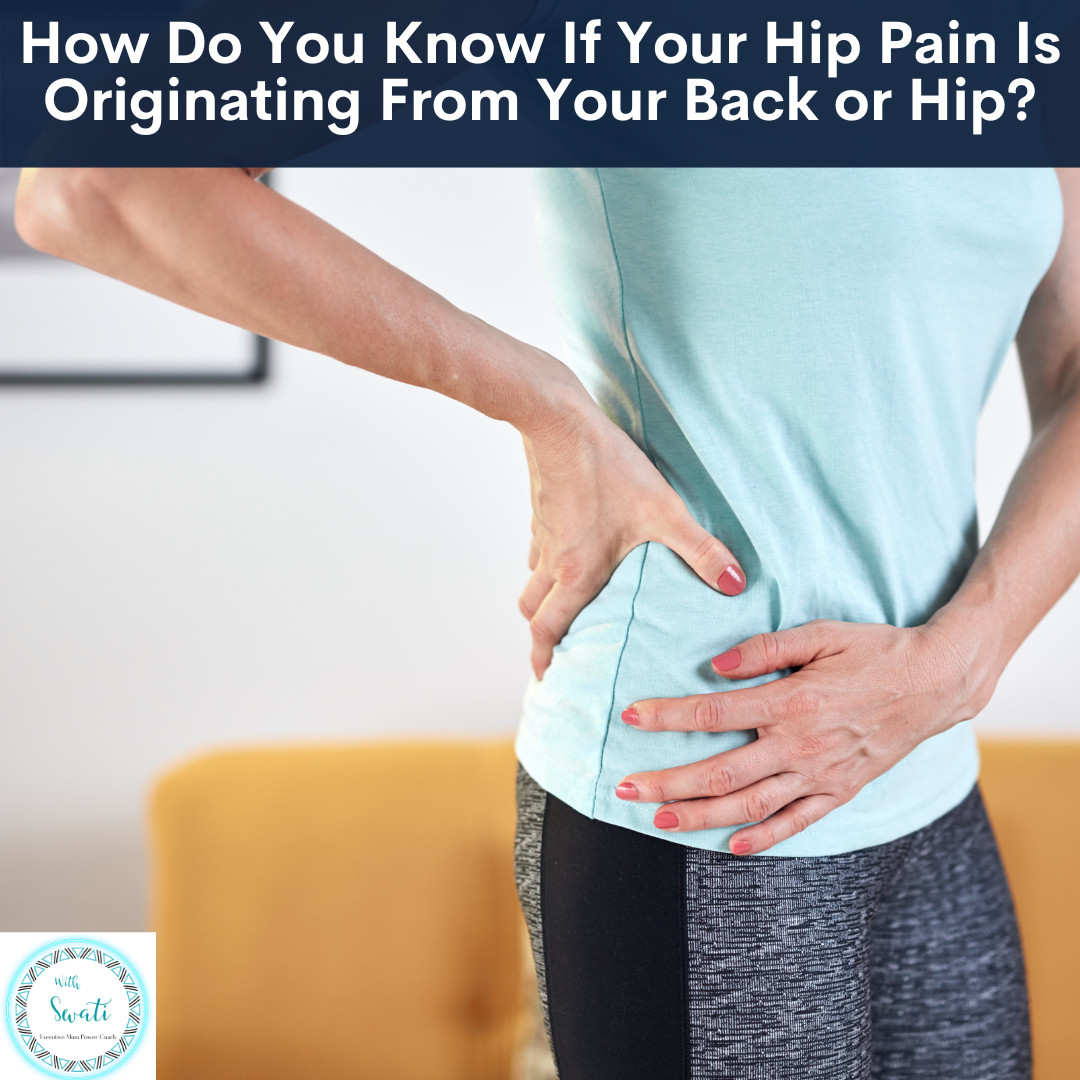
For executive mums managing the daily grind of professional duties and parenting, hip pain can be an unwelcome distraction that affects both work efficiency and family life. Understanding the source of hip pain, whether it stems from the hip itself or is referred from the back, is crucial for effective treatment and relief. In this blog lets discuss how you can differentiate the origin of your hip pain, ensuring you’re targeting the right area in your pain management strategies.
Hip and lower back pain often overlap, which can make the source of discomfort difficult to pinpoint. Here are some key indicators that can help you determine whether your pain is originating from your hip or your back:
Location of the Pain:
Hip Pain: Typically felt in the joint itself or the buttocks or front of thigh or inner side of thigh, sometimes extending right up to the knees.
Back Pain: Usually manifests as aching in the lower back and can radiate downwards into the buttocks and legs, often reaching below the knee and into the foot.
Nature of the Pain:
Hip Pain: Often described as a sharp, stabbing pain that can also feel like a deep, dull ache. Movement of the hip joint typically aggravates this pain, especially if it's due to arthritis or injury. You might have stiffness in the hip, which may not be noticeable 24/7 to start off with. You would probably notice it when you are climbing stairs or when you have been walking for a long period of time or getting up to stand after prolonged sitting.
Back Pain: Tends to be a broad, radiating ache and is often accompanied by symptoms like back stiffness and tingling, numbness, or weakness in the legs. This type of pain can intensify with movements such as bending, lifting, or even sitting or standing for extended periods.
Aggravating and Relieving Factors:
Hip Pain: Worsens with activities involving the hip joint, like going up stairs, jogging, or sitting in low chairs. Rest and avoiding pressure on the hip can relieve some symptoms.
Back Pain: May improve or worsen when changing positions. Activities that strain the spine, such as lifting heavy objects or twisting, can exacerbate back pain, while lying down may provide relief.
Response to Stretching and Movement:
Hip Pain: You might feel resistance or pain during hip flexion, rotation, or when spreading the legs apart.
Back Pain: Stretches that involve spinal movements (like bending forward or backward) can increase discomfort, whereas stretching the spine might bring relief.
Watch this video to learn "What are the first signs of hip problems?"
Learn how to manage your Back Pain in the free training "Simple solutions to manage your Back Pain" in my free community.
If you like this blog and want to be notified about new blogs as soon as they are published, subscribe to my mailing list below.
I would love to see you around the internet! For other places you can explore more about me: https://withswati.com/page/link



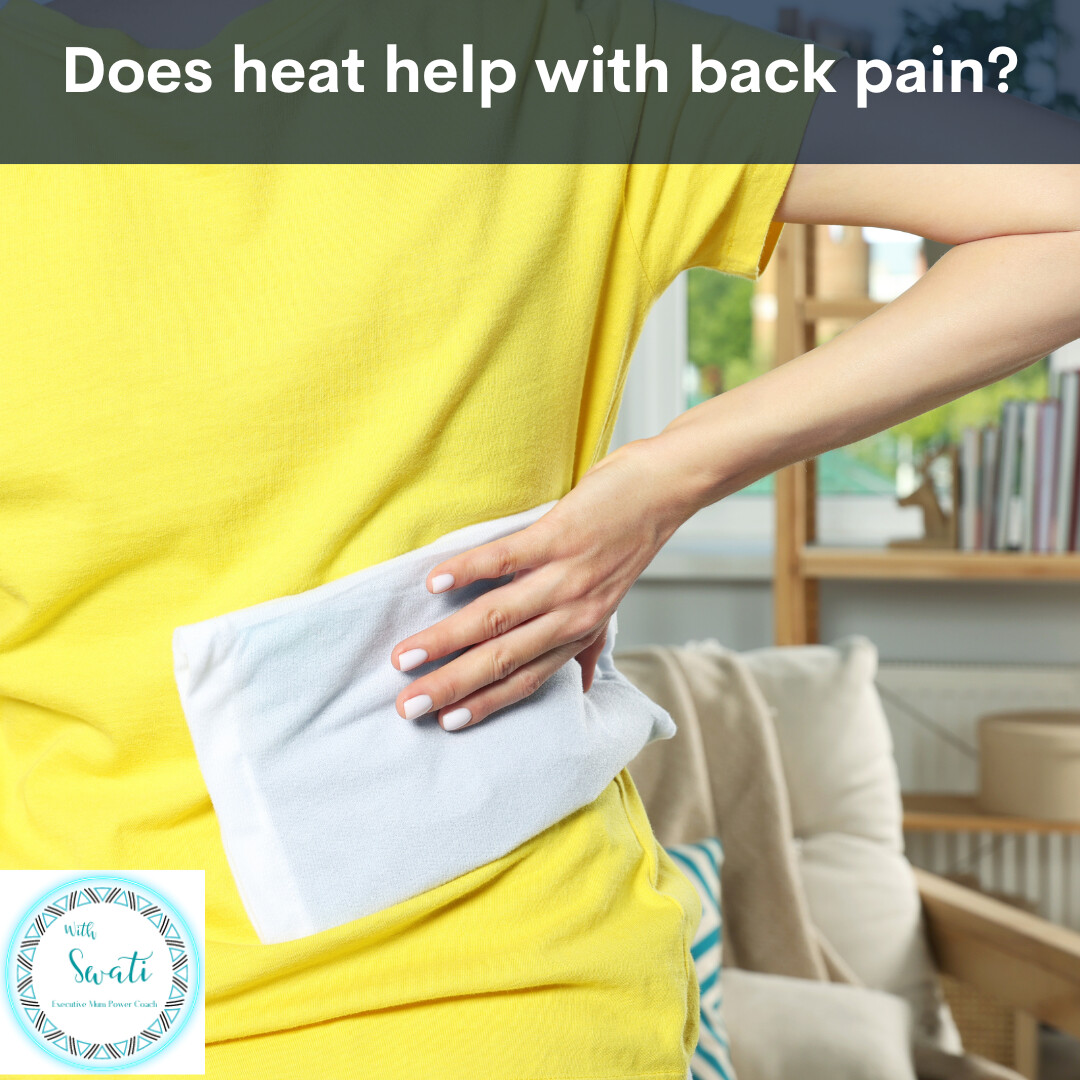


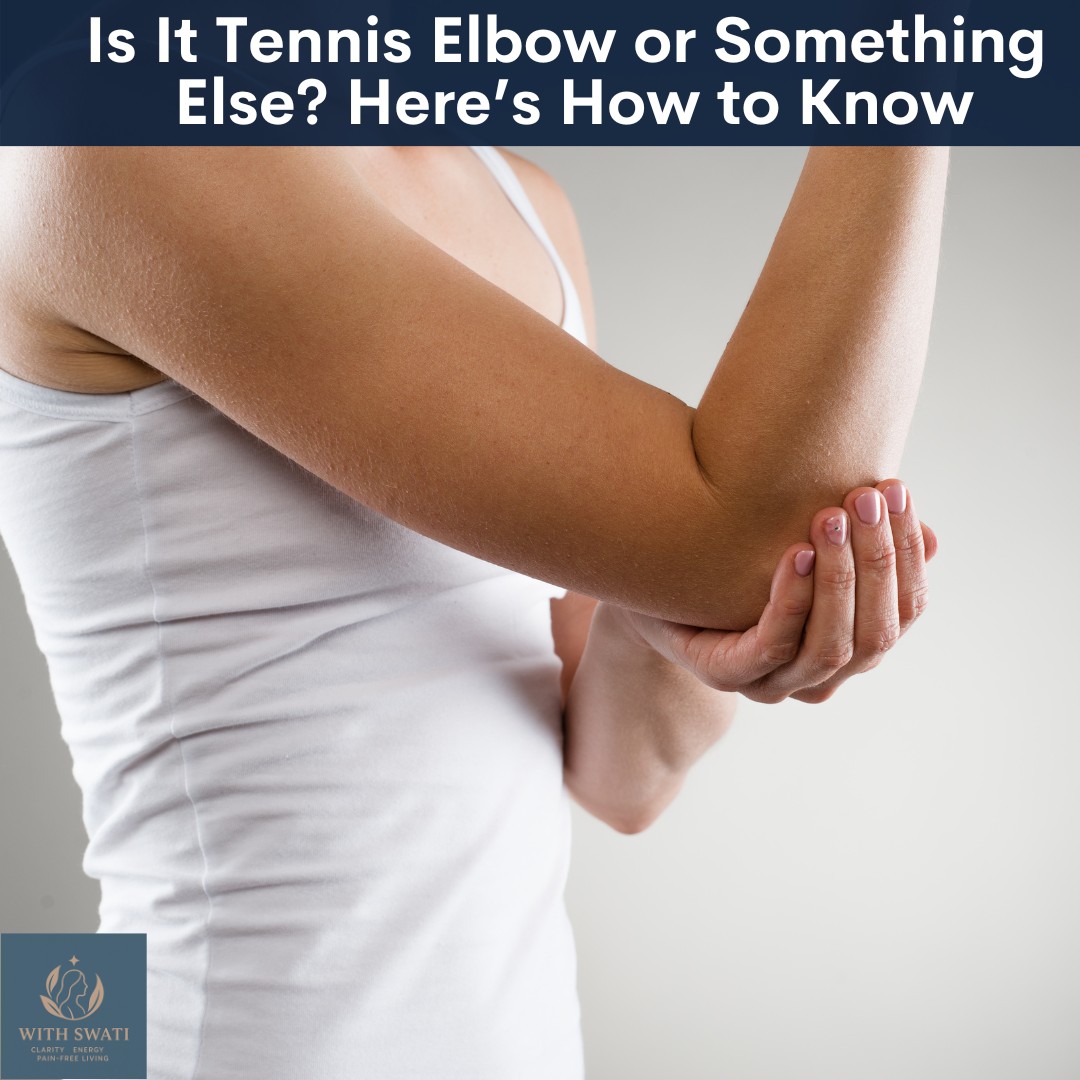

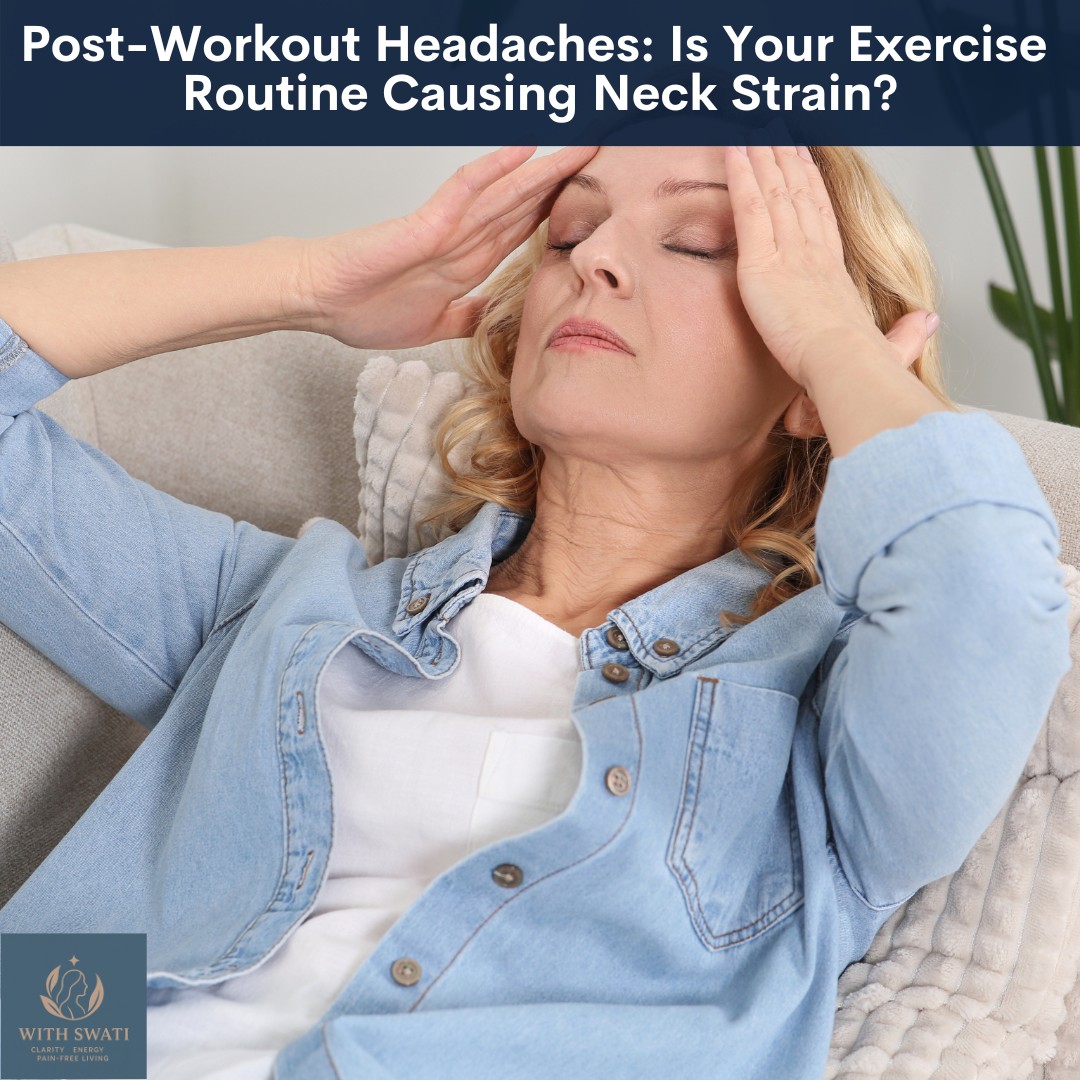
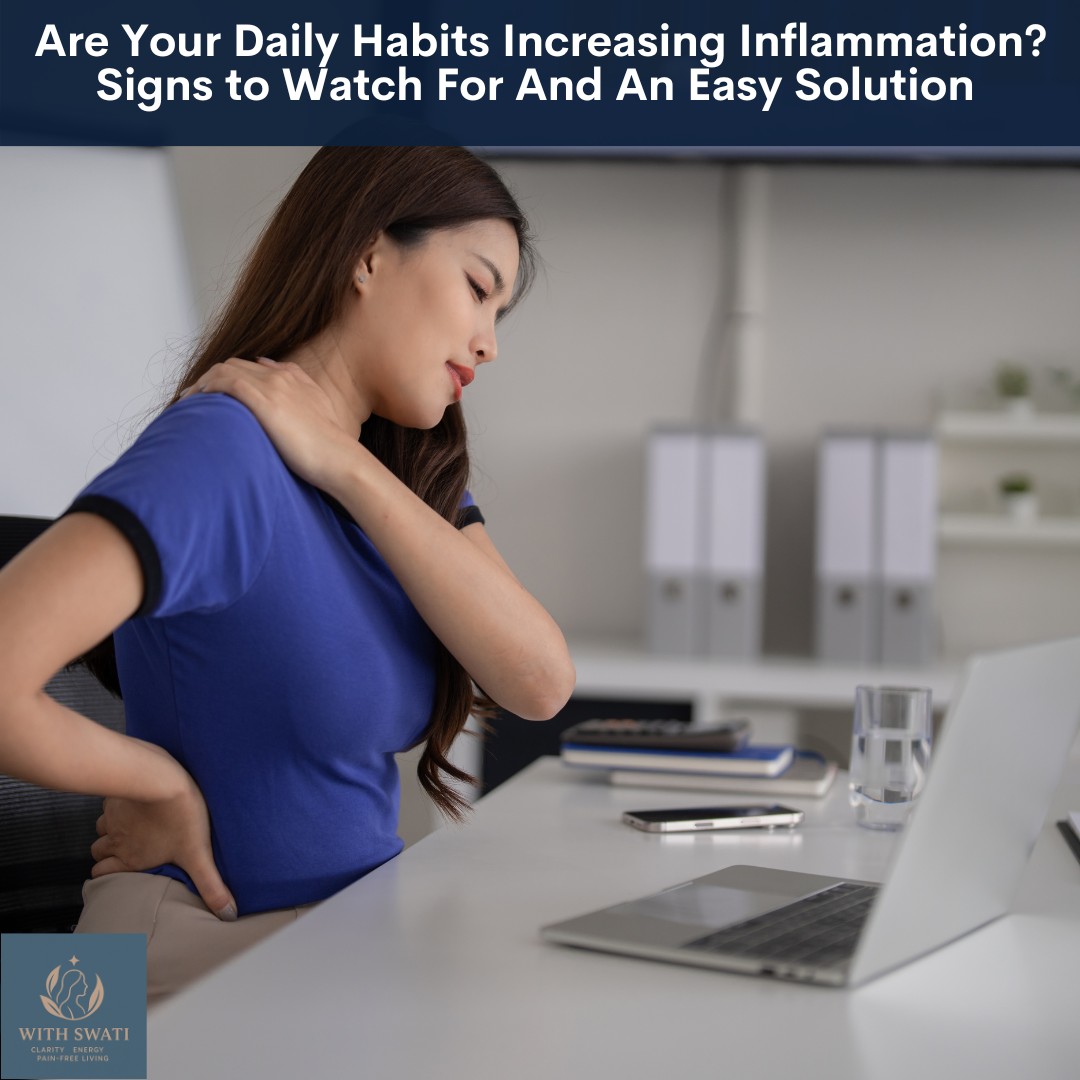





0 Comments